Slow-cooked bone broth – 3 ways!
Super simple to make and perfect on keto. Your choice! Prepare by 1) Instant Pot/pressure cooker 2) Slow cooker or 3) Stovetop. Bone broth is your best friend during intermittent fasting... or anytime. Homemade, soothing, and rich in nutrients. We can almost smell the wholesome aroma of bone broth. "Bone Appetit!"
USMetric
servingservings
Ingredients
- 5 lbs 2.3 kg beef bone, or lamb, or a combination of the twobeef bones, or lamb, or a combination of the two
- 3 tbsp 3 tbsp coconut oil
- 1 (4 oz.) 1 (110 g) yellow onion, roughly choppedyellow onions, roughly chopped (optional)
- carrot roughly choppedcarrots roughly chopped (optional)
- 1 1 whole garlic unpeeled & slightly crushedwhole garlics unpeeled & slightly crushed (optional)
- 1 tbsp 1 tbsp salt
- 1 tsp 1 tsp black peppercornblack peppercorns
- fresh thyme or fresh parsley
- 1 tbsp 1 tbsp white wine vinegar
- water
This recipe has been added to the shopping list.
Nutrition

www.dietdoctor.com
Making low carb simple
Instructions
Roasting the bones
- Preheat the oven to 450°F (225°C).
- Place bones in a baking dish with sides. Brush the bones with melted coconut oil, coating thoroughly.
- Roast until the bones are properly browned. This will take about 1-1.5 hours; turn once, about halfway through. Add a cup or two of water towards the end to prevent the juices and flavors from accumulating in the dish from burning.
Instant Pot/pressure cooking
- Roast the bones following steps 1-3.
- Place the bones, herbs, vegetables (if using), and vinegar into the Instant Pot. Completely cover the ingredients with cold water, leaving some space below the “MAX fill” line.
- Place and lock the lid on the Instant Pot. Move the lid’s steam release handle to the “Sealing” position.
- On the control panel, select the “Manual” setting/high pressure, and adjust the cooking time to 120 minutes. It can take anywhere from 10 to 40 minutes, within the 120-minute cook time, to preheat the pot to full pressure.
- When the cooking time is up, let the pressure release naturally (approx. 10-15 minutes) until the float valve drops down. Before removing the lid, move the vent handle to the “venting” position to release extra pressure.
- Strain the broth over a bowl using a mesh strainer or cheesecloth. The broth is done when it’s deep brown in color and deeply flavorful. Season the broth with salt and pepper to taste. Cool broth to room temperature and then transfer to an airtight container(s).
Slow cooker
- Roast the bones following steps 1-3.
- Place the bones, herbs, vegetables (if using), and vinegar into the slow cooker. Fill the slow cooker with water, completely covering the ingredients. Set the temperature to low, and cook for 12-18 hours. The broth is done when it’s deep brown in color and deeply flavorful. Season with salt and pepper to taste.
- Strain the broth into a bowl using a mesh strainer or cheesecloth. Cool broth to room temperature and then transfer to an airtight container(s).
- Roast the bones following steps 1-3.
- Transfer the bones, herbs, vegetables (if using), and vinegar into a big pot. Add water to cover the ingredients by a few inches. Boil for 10-15 minutes. Lower the heat and let simmer for 8-24 hours. The broth is done when it’s deep brown in color and flavorful. Season with salt and pepper to taste.
- Strain the broth into a bowl using a mesh strainer or cheesecloth. Cool broth to room temperature and then transfer to an airtight container(s).
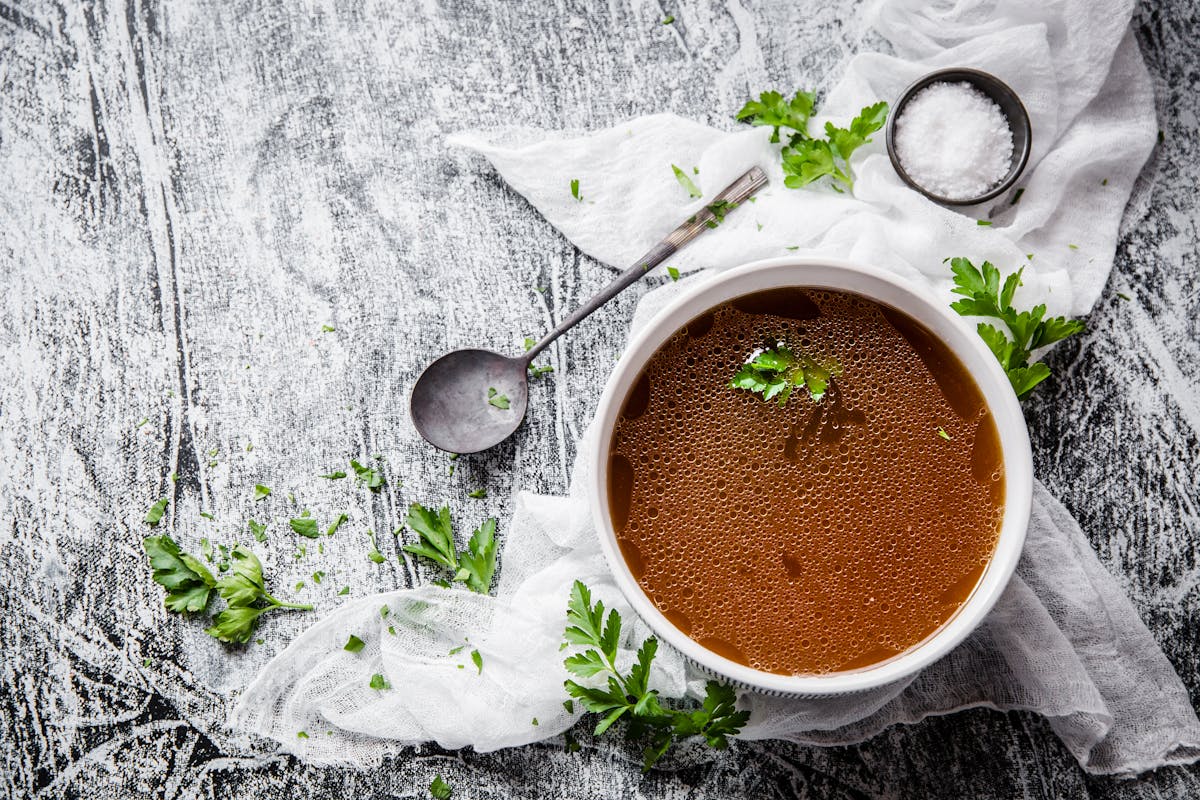


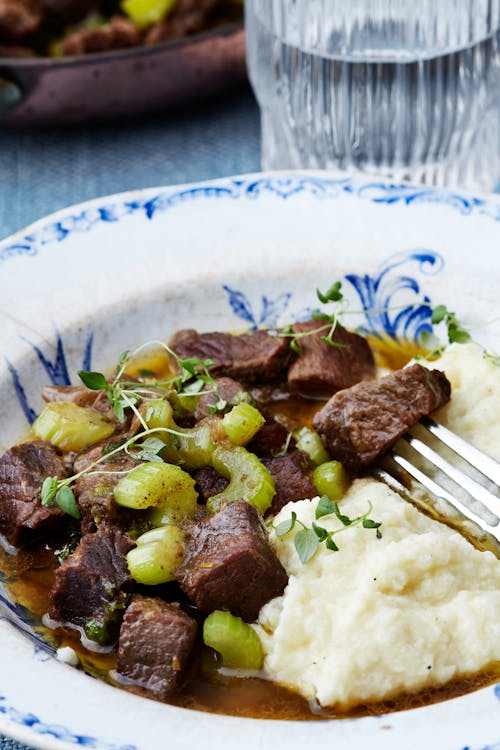
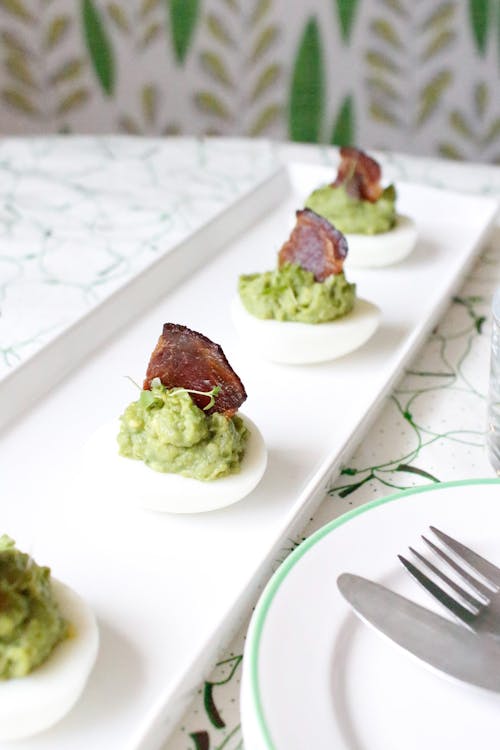
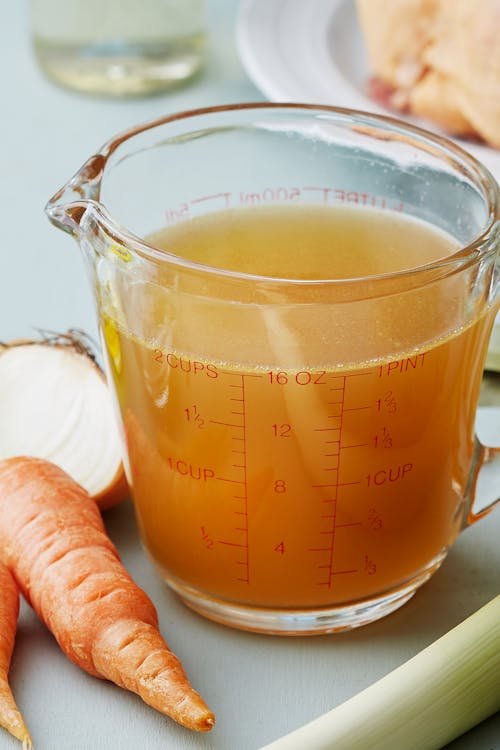
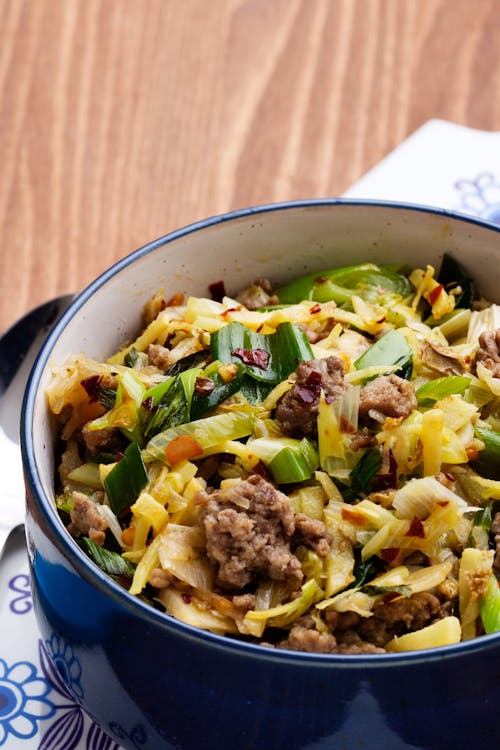

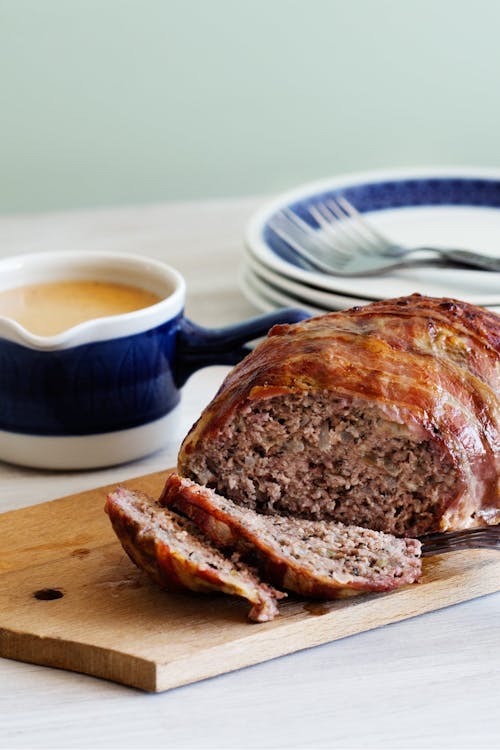
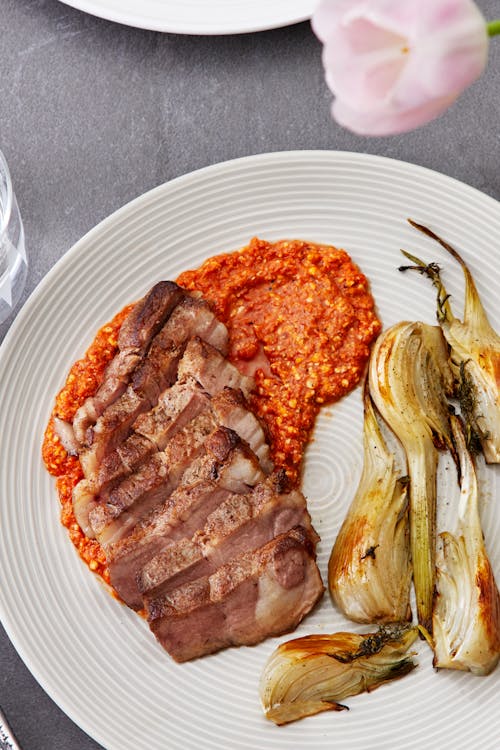

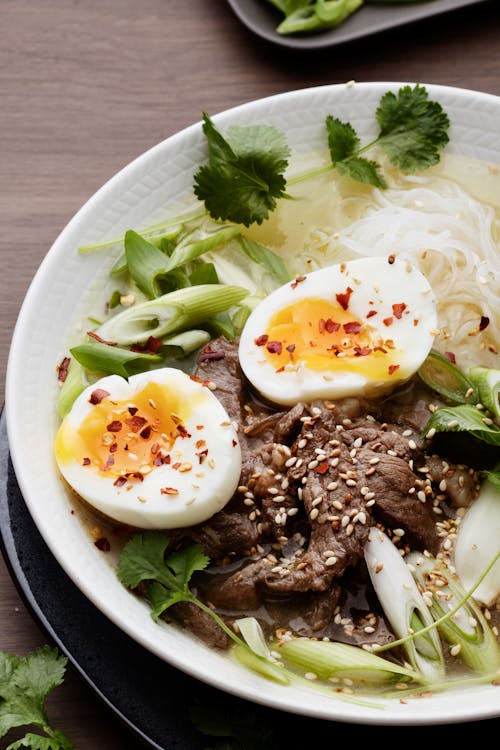


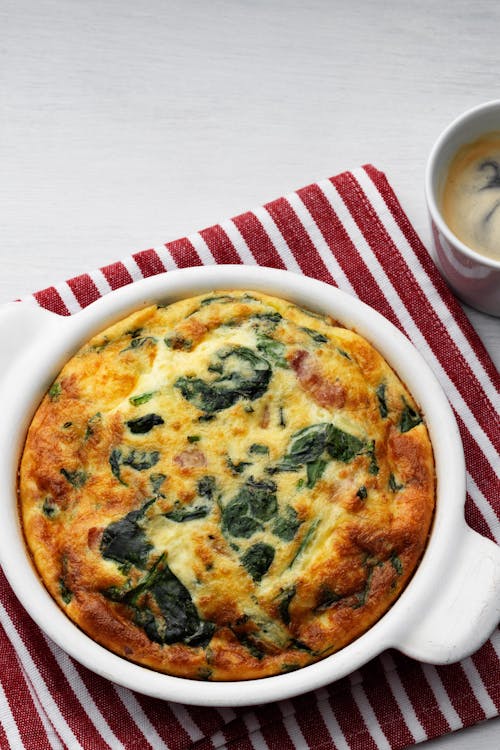
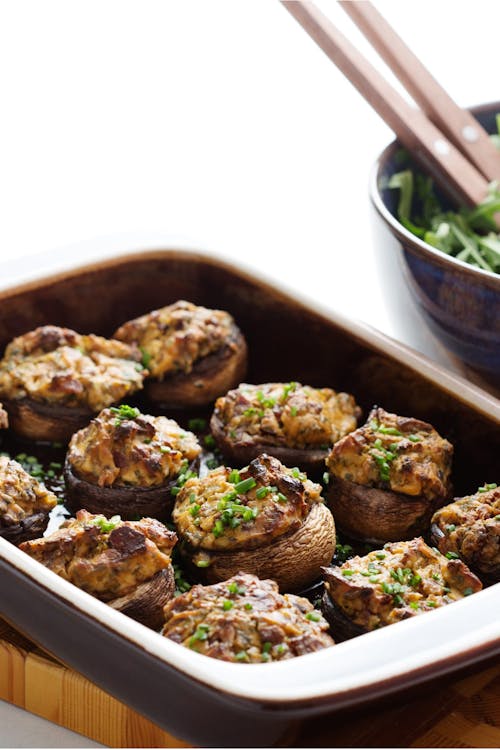
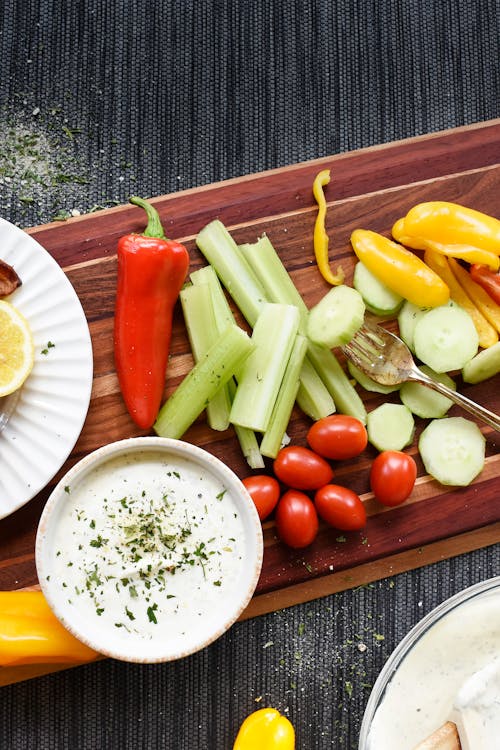

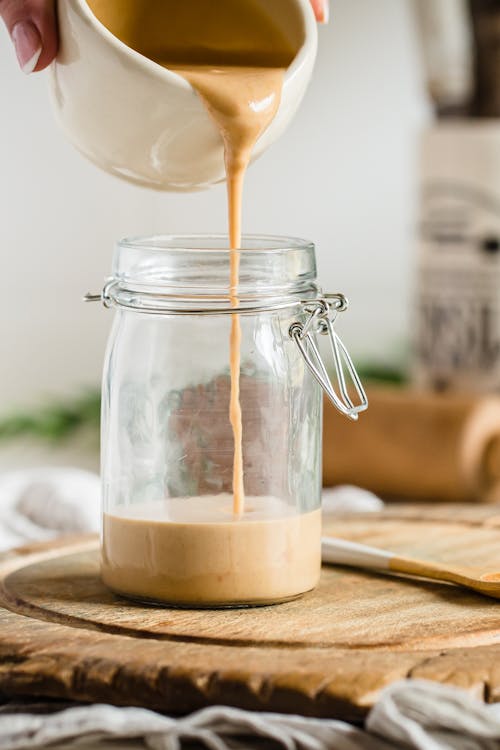
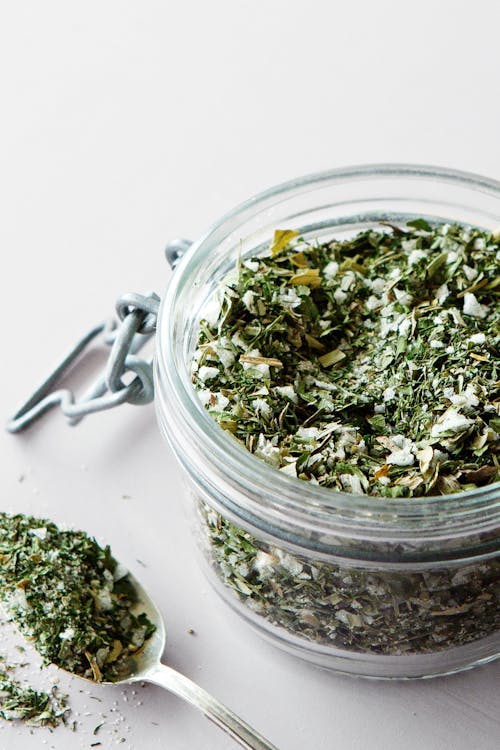
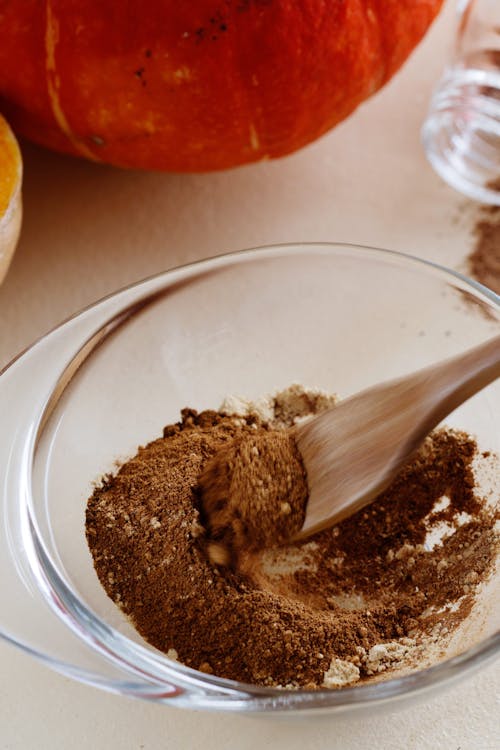
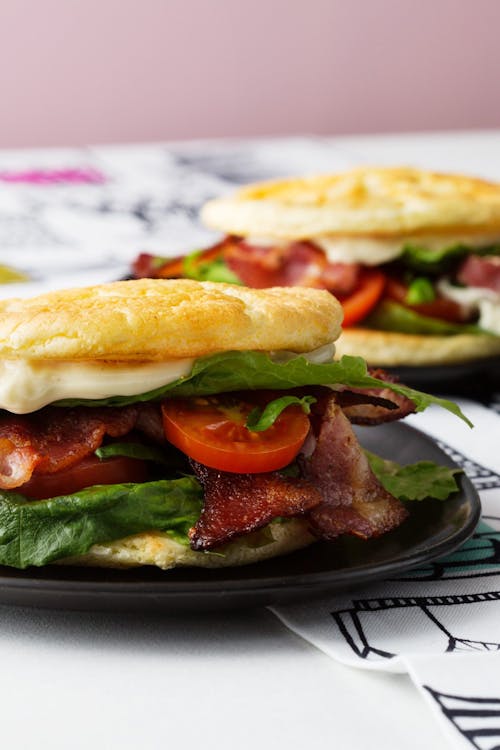
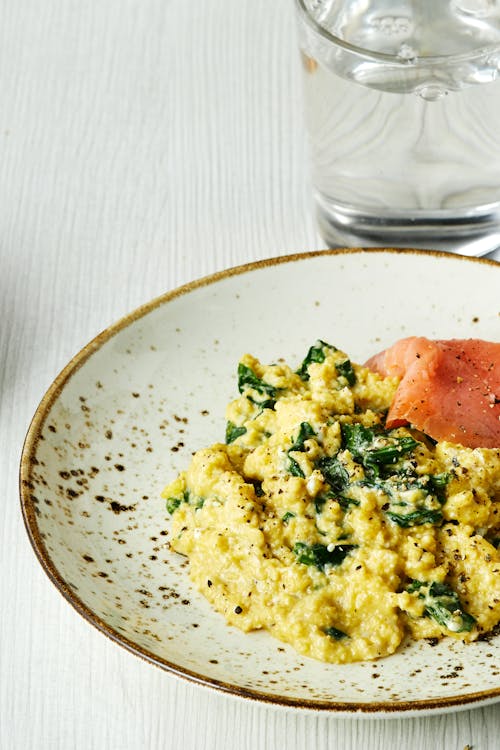
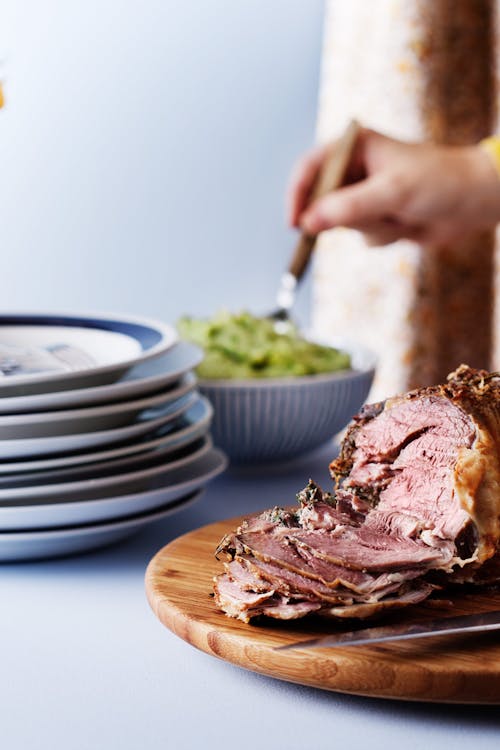
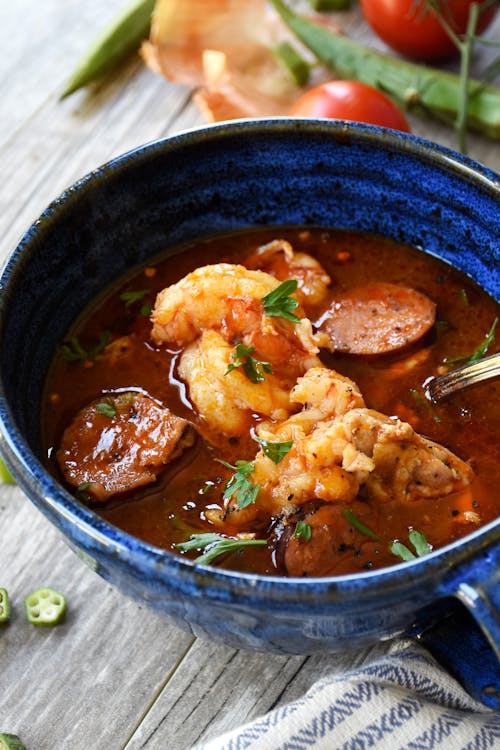
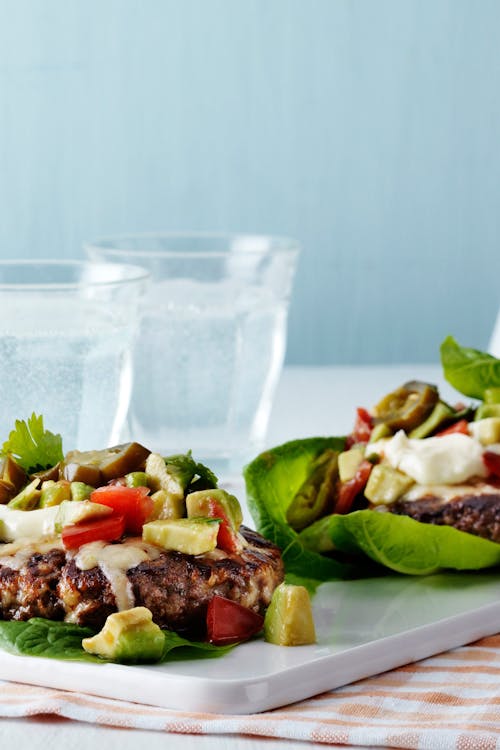



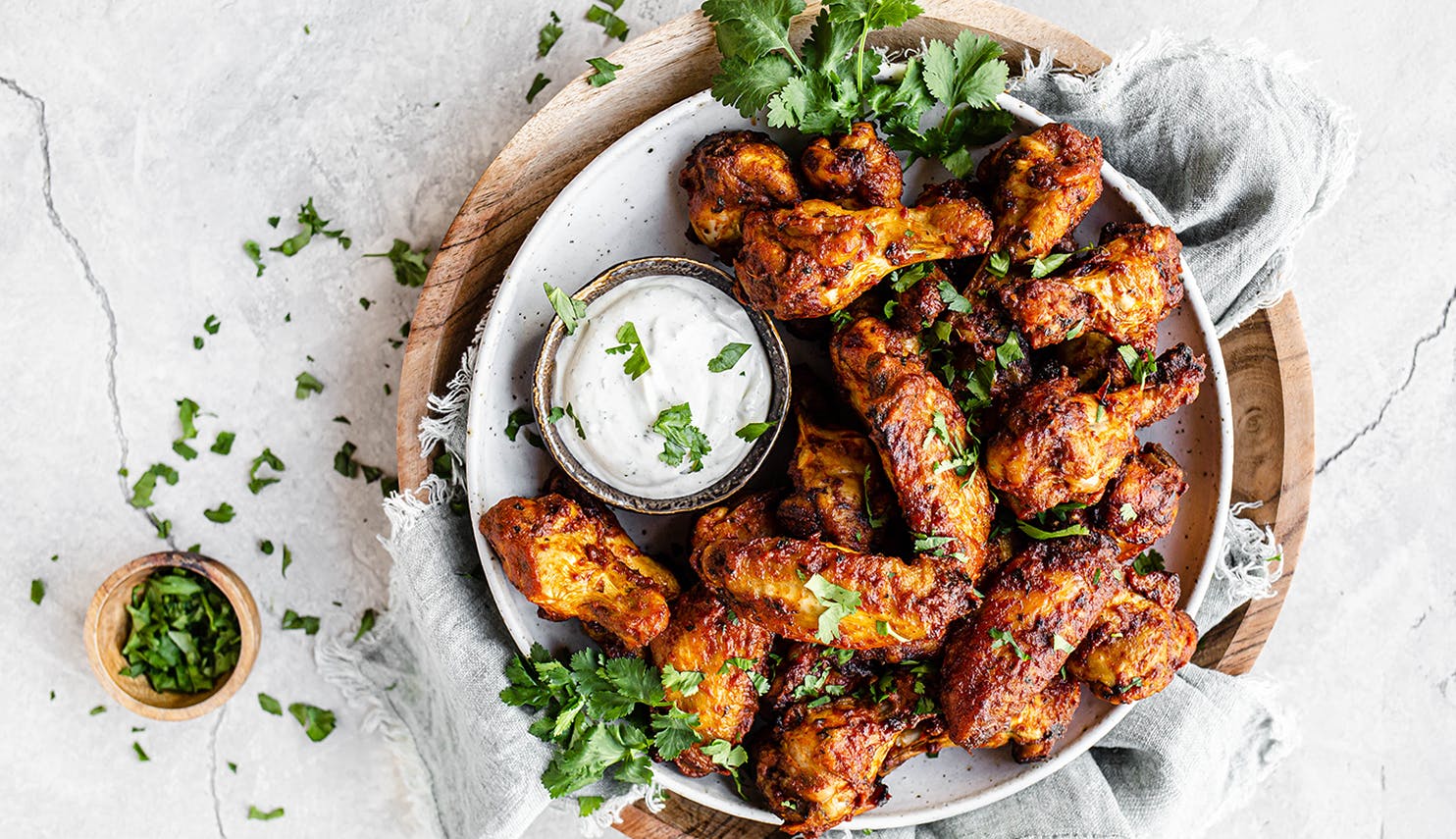

87 comments
Finally, in my recipe i put 2 bay leaves and 5 black peppercorns and a couple of celery sticks. I never put tomato paste or carrots in mine because it is fine without them. I also do mine in a pressure cooker on high for 3 hours then low for 6 hours.
hope this helps .
Thanks
Thanks for bringing this to our attention. For the time being, we've removed the tomato sauce and added the vinegar amount to the ingredients list.
No, it is not necessary to remove the fat.
The jelly-like consistency is caused by the collagen. When you reheat it, it will return to a liquid consistency.
It is recommended that you calculate the nutritional information for recipes with the specific ingredients you use as recipes will vary as you've noted here. The serving size will also vary for this recipe depending on how much water you use. If you make the 4 serving batch, simply measure out 4 equal servings. You can do this by weight, visual estimate or by dividing it into separate containers.
We just roast them under the grill of the oven (no coconut oil) for 30 mins to accomplish more aroma. After putting the bones in a huge pot with sea salt, we pour boiling water on the baking tray to get out every bit of goodies there and add them to the pot.
My husband likes it pure, so we ladle out his portion after 12 hours, and we let mine simmer another 30 mins with a hefty amount of chopped onions and crushed garlic.
The fact that it GELS in the fridge is very helpful, as you can spoon 1-2 tablespoons in a mug, pour hot water in it, and your DRINK is ready.
I collect the FAT, that sits on top, in a separate jar, while everything is still hot and liquid, and I USE IT FOR COOKING (try frying broccoli in it or lean minced beef).
Bone broth is often referred to as LIQUID GOLD, and for a really good reason. I give this recipe to all our patients with leaky gut syndrome, Crohn‘s disease etc., as it heals the gut lining and arguably is therefore very beneficial for autoimmune diseases too.
Thank you for your comments and for sharing this with others!
Check out this video from Dr. Jason Fung on what breaks a fat for guidance on consumption during a fast. https://www.dietdoctor.com/video-post-what-breaks-a-fast
It is one clove. Thank you for bringing this to our attention.
If it were autophagy you are after, that’s a different thing. That’s water and salt only, e.g. when you do it once every season for e.g. 5 days to prevent cancer, age better, ‘cleanse’. Treating a life-threatening disease obviously isn’t included in this.
I find that on hot summer days homemade pickle juice is perfect.
Just wash, peel, chop carrots, weigh them, multiply with 2% to calculate the salt content.
Example: 400 g carrot pieces >>> 8 g salt. I dissolve the salt in a bit of hot water, pour it into the container (could even be a cleaned jar), top it up with water until everything is ‘underwater’, then leave it on the counter for 4 days.
You could put in the fridge after those 4 days, though we rarely manage; our children eat them up immediately (nobody cares for fresh carrots anymore), and we adults put the juice in the fridge to have it nice and refreshing.
You don’t eat the carrots, so don’t be afraid of the carbs.
You can save the bones after you cook a chicken, steak or other cuts of meat with bone. Some butcher counters will also make the bones available for purchase if you ask.
Bones do you put the liquid in the pot with the bones then the water? O
The order doesn't matter but yes, it all goes in the pot.
The broth diluted the BBQ sauce to make even fewer carbs per serving.
The bones cooked down to so soft that I was able to grind them into paste with my blender and eat the paste.
I have plenty of BBQ-flavored broth left for cooking ground meat to make several servings of soup.
Sounds great!
It should be fine! I would try to verify the carb count if possible.
Would be possible to use chicken bones instead of beef or lamb?
If yes, should I follow the same steps? I was wondering if I need to roast them or should I cook them directly in the slow cooker. Thanks!
Chicken feet and wing tips make excellent bone broth. You may choose to roast them for additional depth of flavor, but it is not necessary.
The changes I make is that I don't brown the bones in the oven but in the same pot on the stove, or the CrockPotPressureCooker. It doesn't take 1,5 hrs that way, also you don't dirty another pot. You have to turn the bones now and again and it will take 30 minutes for everything to brown nicely if you pay a little attention to it.
* You heat your pot on high and brush the bones with oil. Brown them evenly on all sides. Taking the heat down as soon as you suspect that the juices in the bottom will start burning.
* When everything is nice and brown on all sides and your heat has been turned down, I throw in ACV, watch it bubble and hiss and slightly caramelize, do same with Tamari, while throwing in your juniper berries, pepper corns, salt, bay leaves, paprika powder.
* Then cover with water, leaving a few inches at the top of the pot. Keep adding water during cooking time when you slow cook! 18 to 24 hours total.
* Last 1,5 to 2 hours, throw in roughly cut Carrot Onion Leek Celery. and fresh herbs if you want (parsley or coriander, or rosemary). Parsley is incredibly healthy. Use the whole bunch! You can also add a bulb of Garlic and/or a piece of fresh ginger, if you want to vary your flavors from time to time! Garlic and ginger obviously incredibly healthy. Seaweed is also a good idea.
* After that first strain it, then sieve it, to get the last bits of bone grit out!
* Then taste and add a whole pot of anchovies (very salty), then taste again and ad more salt to taste. I also add a bit of monk fruit powder to add a touch of sweetness and balance any bitterness you might find in the flavor. Then cook again for an hour to dissolve the anchovies. Stirring now and again.
* Put it in plastic containers with the lid open or loosely fitted to cool down (faster cooling this way instead of letting the whole pot cool down first). Then in fridge to chill, then in freezer. I make 5 liters at a time.
DRINK A CUP EVERY DAY.
* Make sure you slightly warm your whole container to dissolve the hardened fat first. Then stir rigorously to distribute the fat evenly through the whole container. Then pour yourself a cup. This way you won't have just a cup of fat the first time and only broth the next time you drink it.
* I usually defrost one container at the time. It contains two to three portions.
* Use the broth also as base for any soup you feel like making.
Sources of fresh bones:
Butcher Counters in some Super Markets
Regular butcher/Poultry shops
Slaughter facilities (see if there is a butcher that slaughters and hangs their own carcasses).
Live stock farms. (Live stock farms in your area might slaughter an animal once in a while for their own use. You might be able to opt in on a carcass for some cheap prime meat and some bones) Shin bones with or without the meat attached is excellent. Rib bones also very good. Beef, Lamb and Goat, Venison, Boar, and all kinds of Poultry. You can buy Chicken carcasses for $1 a piece at a local butcher or chicken processing plant. Try humanely and ethically raised and naturally fed animals if you can. And the closer to the source the cheaper you will find it.
On line meat packages! There are some awesome organic meat suppliers on line that can get you anything grass fed.
This will depend on how many servings you choose to make. The default number of servings is 4, so you would divide the recipe into 4 equal amounts (as close as you can).
Unfortunately there is no way to accurately quantify that as the batch may reduce by different amounts using the different cooking methods or from kitchen to kitchen.
Can I still make the broth în traditional pots? Tnx
Hi, Adriana! Yes, you can! Traditional stovetop instructions are included above.